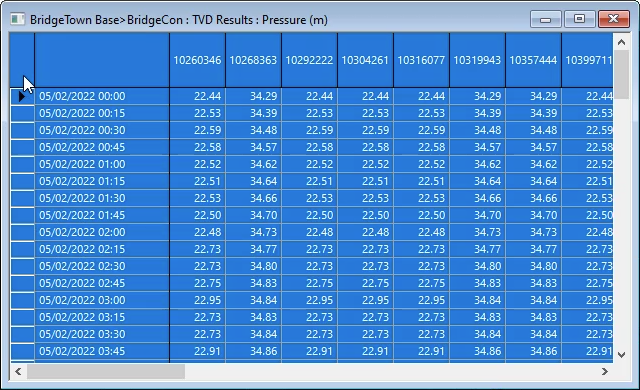 AutoCAD
AutoCAD AutoCAD LT
AutoCAD LT Fusion
Fusion AutoCAD Revit LT Suite
AutoCAD Revit LT Suite Architecture, Engineering & Construction Collection
Architecture, Engineering & Construction Collection Revit
Revit Civil 3D
Civil 3D BIM Collaborate Pro
BIM Collaborate Pro Product Design & Manufacturing Collection
Product Design & Manufacturing Collection Maya
Maya Inventor
Inventor Navisworks
Navisworks 3DS Max
3DS Max Fusion Extensions
Fusion ExtensionsTranscript
00:03
Info works. WS pro allows you to export both time, varying data, TVD and summary data
00:11
time,
00:12
varying data like pressure or flow changes at each time step of the simulation,
00:19
create a folder on your desktop and name it results.
00:23
This is where you will save the results of this exercise.
00:27
Open a completed run with results by dragging the simulation into the workspace
00:33
zoom into a part of the network populated with nodes.
00:36
In this case, several hydrants are nearby
00:40
with the polygon select tool active, draw a polygon around several nodes.
00:46
Keep in mind that the more you select the longer the export process will take
00:52
from the results tab click export to files to open the export results, data files,
00:57
dialogue
00:58
next to the folder for output files field,
01:01
click the browse button with ellipses and
01:03
navigate to the folder you created earlier.
01:06
In this case, the file path should be this PC
01:10
desktop
01:11
results
01:12
then click select folder
01:16
in the selection list area,
01:17
click the ellipses button to use the currently selected group of objects.
01:22
If you fail to do this, the results for every object in the model will be exported,
01:27
which may take a long time
01:29
in the output group box, number of files
01:32
expand the dropdown and select file for each object type
01:38
group results should be group by name,
01:41
then click produce files,
01:44
open file explorer and navigate to the output folder you created earlier.
01:49
There are several CSV files. One for each type of object selected in the polygon,
01:55
select one such as the file of selected
01:57
hydrants and open it in a spreadsheet application.
02:01
You may need to expand the first column.
02:04
The data is arranged with each object id acting
02:07
as a header with the time varying results below it
02:11
to export the results in a more spreadsheet friendly format
02:14
with the objects still selected in the GEO plan.
02:17
Click the grid selected objects button in the toolbar
02:22
in the grid selection dialogue enable nodes in the object type group box
02:27
select pressure M as the attribute
02:30
click OK to open a grid with the time series data
02:35
to easily transfer the contents of the grid to your spreadsheet.
02:38
Click the top left cell and press control C
02:42
you can then paste the data into a blank spreadsheet by pressing control V.
00:03
Info works. WS pro allows you to export both time, varying data, TVD and summary data
00:11
time,
00:12
varying data like pressure or flow changes at each time step of the simulation,
00:19
create a folder on your desktop and name it results.
00:23
This is where you will save the results of this exercise.
00:27
Open a completed run with results by dragging the simulation into the workspace
00:33
zoom into a part of the network populated with nodes.
00:36
In this case, several hydrants are nearby
00:40
with the polygon select tool active, draw a polygon around several nodes.
00:46
Keep in mind that the more you select the longer the export process will take
00:52
from the results tab click export to files to open the export results, data files,
00:57
dialogue
00:58
next to the folder for output files field,
01:01
click the browse button with ellipses and
01:03
navigate to the folder you created earlier.
01:06
In this case, the file path should be this PC
01:10
desktop
01:11
results
01:12
then click select folder
01:16
in the selection list area,
01:17
click the ellipses button to use the currently selected group of objects.
01:22
If you fail to do this, the results for every object in the model will be exported,
01:27
which may take a long time
01:29
in the output group box, number of files
01:32
expand the dropdown and select file for each object type
01:38
group results should be group by name,
01:41
then click produce files,
01:44
open file explorer and navigate to the output folder you created earlier.
01:49
There are several CSV files. One for each type of object selected in the polygon,
01:55
select one such as the file of selected
01:57
hydrants and open it in a spreadsheet application.
02:01
You may need to expand the first column.
02:04
The data is arranged with each object id acting
02:07
as a header with the time varying results below it
02:11
to export the results in a more spreadsheet friendly format
02:14
with the objects still selected in the GEO plan.
02:17
Click the grid selected objects button in the toolbar
02:22
in the grid selection dialogue enable nodes in the object type group box
02:27
select pressure M as the attribute
02:30
click OK to open a grid with the time series data
02:35
to easily transfer the contents of the grid to your spreadsheet.
02:38
Click the top left cell and press control C
02:42
you can then paste the data into a blank spreadsheet by pressing control V.
InfoWorks WS Pro allows users to export both time varying data (TVD) and summary data.
Time Varying Data, like pressure or flow, changes at each timestep of the simulation.
In this case, several hydrants are nearby.

Note: The more points you select, the longer the export process will take.
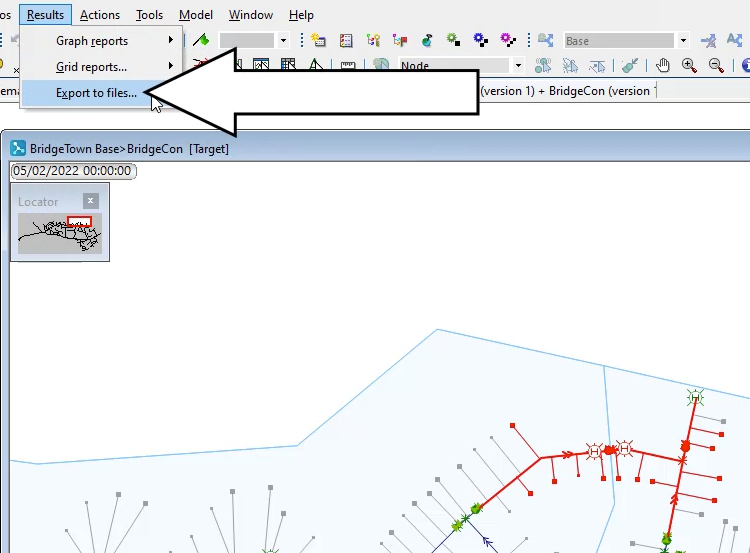

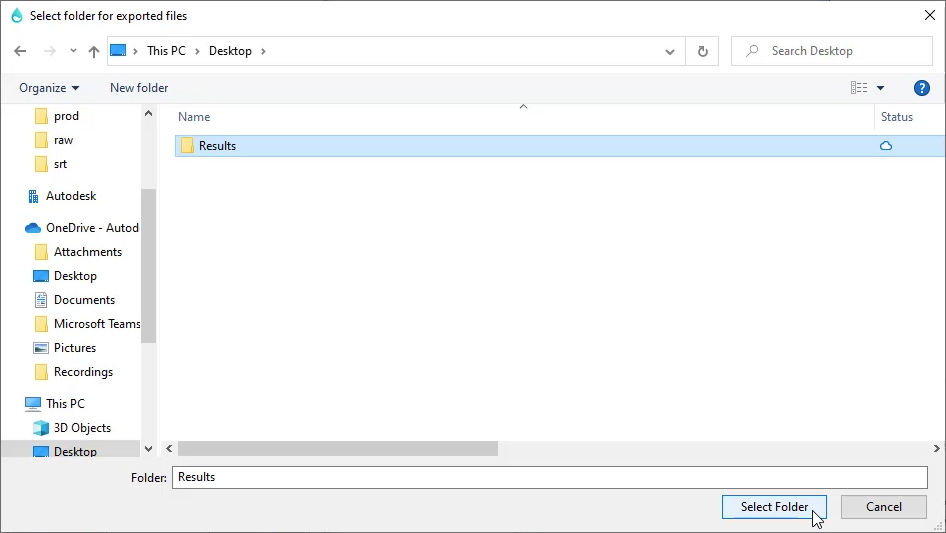
Important: If you skip Step 10, the results for every object in the model will be exported, which may take a long time.
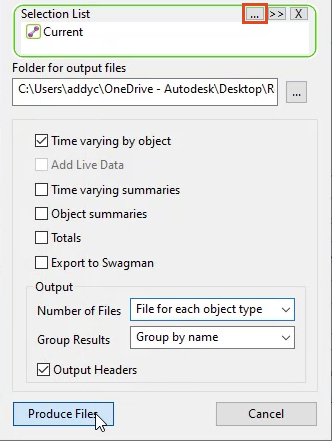
Notice there are now several CSV files, one for each type of object selected in the polygon.

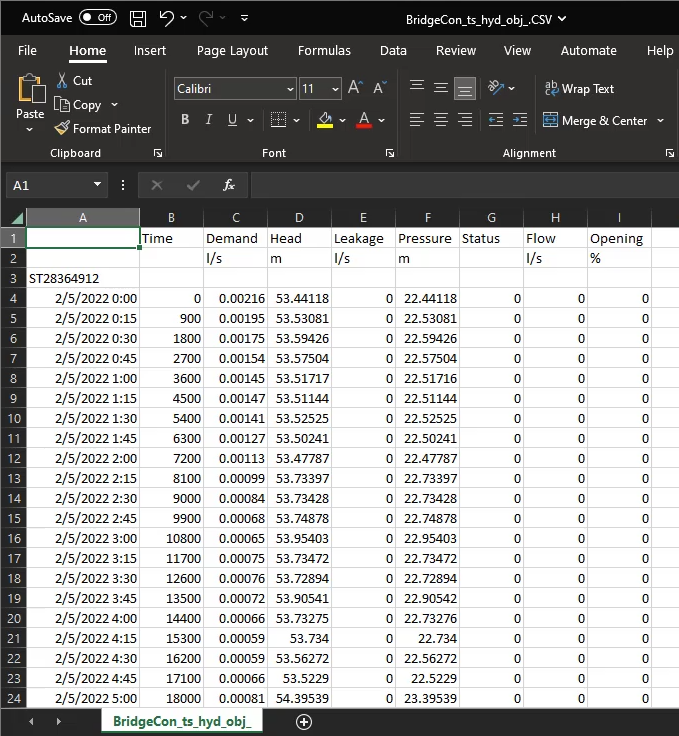
The data is arranged with each object ID acting as a header, with the time varying results below it.
To export the results in a more spreadsheet-friendly format:
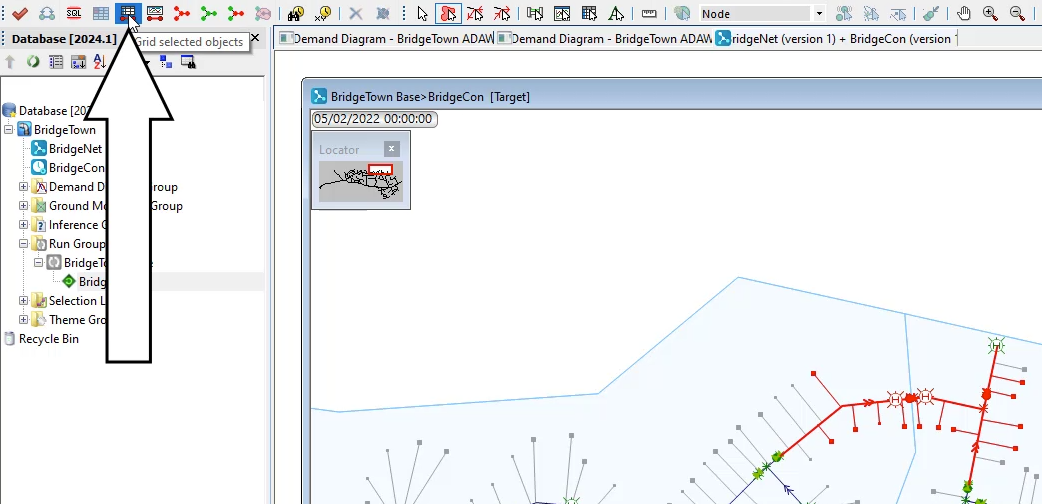
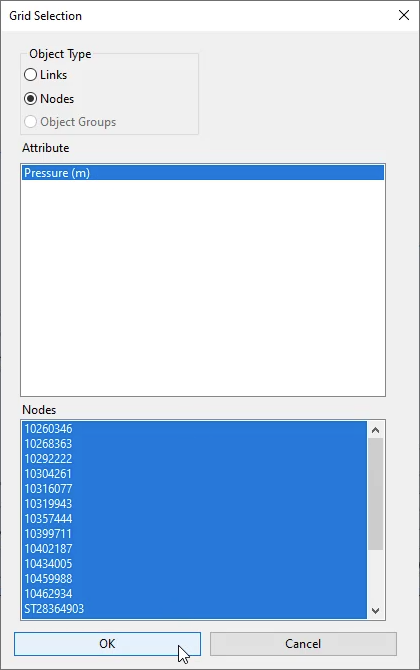
To easily transfer the contents of the grid to a spreadsheet:
